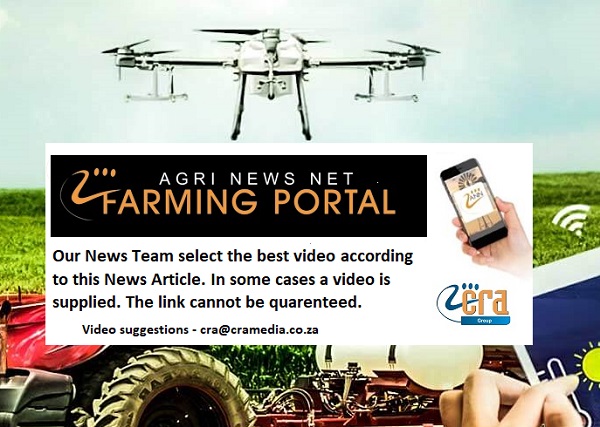Smart agriculture, often referred to as precision agriculture or agri-tech, leverages cutting-edge technologies to optimize crop production, improve resource management, and enhance overall farm operations. This blog explores the evolution of smart agriculture and its potential to revolutionize the way we produce food.
The smart agriculture market is poised for significant growth, projected to surge from USD 16.2 billion in 2023 to USD 25.4 billion by 2028, boasting a robust CAGR of 9.4%, by Fairfield Market Research. This expansion is fueled by mounting population demands, exerting pressure on food production, and a rising adoption of cutting-edge technologies in the agricultural sector. As modern innovations continue to redefine farming practices, smart agriculture emerges as a vital solution, enhancing efficiency and sustainability to meet the challenges of feeding a growing global population.
The Rise of Smart Agriculture:
Traditionally, farming has been a labor-intensive and resource-heavy endeavor, reliant on manual labor and guesswork. However, the advent of digital technologies has paved the way for a new era in agriculture. Smart agriculture integrates various technologies such as sensors, drones, artificial intelligence (AI), Internet of Things (IoT) devices, and data analytics to collect and analyze vast amounts of information in real-time.
Key Technologies Driving Smart Agriculture:
IoT Sensors: These sensors can be deployed across fields to monitor soil moisture levels, temperature, humidity, and other crucial parameters. This real-time data enables farmer to make informed decisions about irrigation, fertilization, and pest control, leading to optimized resource utilization and higher yields.
Drones and Satellites: Unmanned aerial vehicles (UAVs) equipped with advanced imaging sensors and cameras can capture high-resolution aerial imagery of farmland. This data can be used to assess crop health, detect diseases, and identify areas requiring attention. Satellite imagery offers a broader perspective, allowing farmers to monitor large swathes of land efficiently.
AI and Machine Learning: AI-powered algorithms analyze data collected from various sources to provide actionable insights and predictive analytics. Machine learning algorithms can predict crop yields, optimize planting patterns, and recommend personalized strategies for crop management based on historical and real-time data.
Precision Farming Equipment: Modern farm machinery, such as GPS-guided tractors and automated irrigation systems, enable precise and efficient farming practices. These technologies minimize waste, reduce fuel consumption, and enhance productivity by ensuring that resources are applied only where and when needed.
 How Smart Farming is Transforming the Agriculture Sector?
How Smart Farming is Transforming the Agriculture Sector?
Benefits of Smart Agriculture:
Increased Efficiency: By leveraging data-driven insights and automation, smart agriculture streamlines farm operations, reduces manual labor, and maximizes resource efficiency.
Higher Yields: Optimized crop management techniques, such as precise irrigation and targeted pest control, help farmers maximize yields and improve crop quality.
Sustainability: Smart agriculture promotes sustainable farming practices by minimizing the use of water, fertilizers, and pesticides, thereby reducing environmental impact and conserving natural resources.
Cost Savings: By reducing input costs and improving productivity, smart agriculture offers significant cost savings for farmers, ultimately enhancing profitability and long-term viability.
Challenges and Future Outlook:
While the potential benefits of smart agriculture are undeniable, several challenges need to be addressed to realize its full potential. These include concerns about data privacy and security, the digital divide in rural areas, and the upfront costs associated with adopting new technologies. Additionally, there is a need for comprehensive training and support to help farmers effectively integrate and utilize these technologies.
Looking ahead, the future of agriculture undoubtedly lies in smart farming practices. As technology continues to advance and become more accessible, we can expect to see further innovations in areas such as autonomous farming, robotics, and predictive analytics. By embracing these advancements, farmers can not only increase their productivity and profitability but also contribute to a more sustainable and food-secure future for generations to come.
Smart agriculture represents a paradigm shift in the way we approach farming, leveraging technology to address the challenges of feeding a growing global population while minimizing environmental impact. By harnessing the power of data and innovation, farmers can optimize resource management, boost yields, and ensure the long-term sustainability of our food supply. As we continue to embrace smart farming practices, the future of agriculture looks brighter than ever before.















